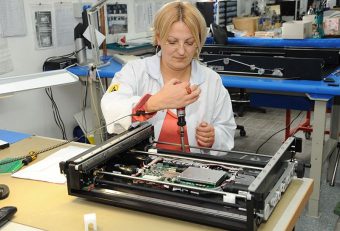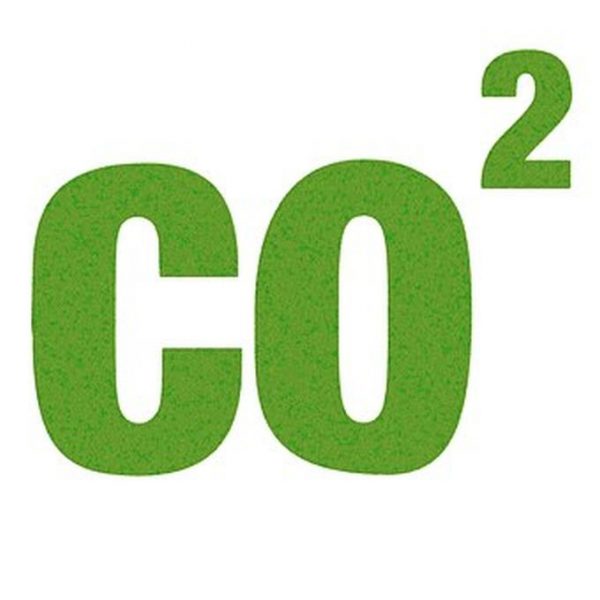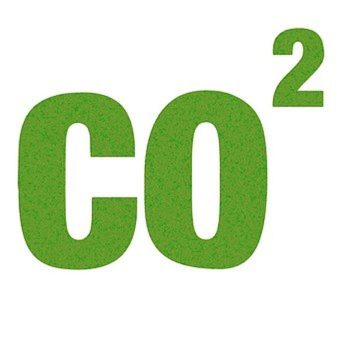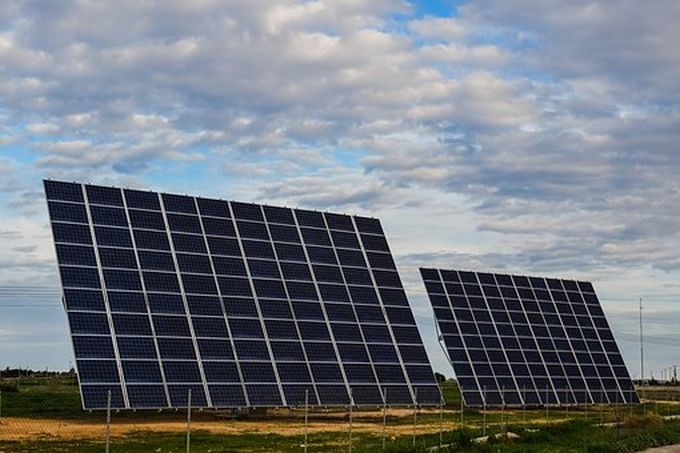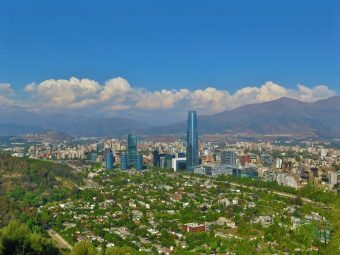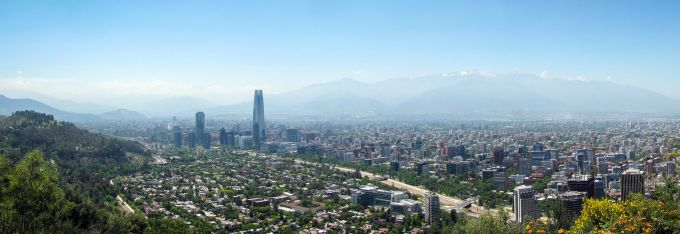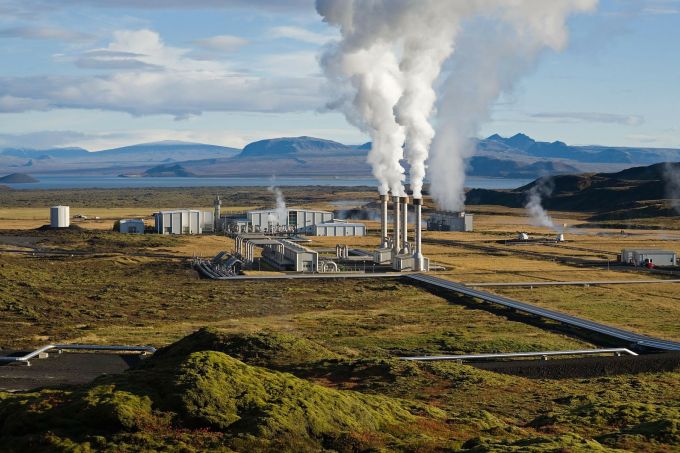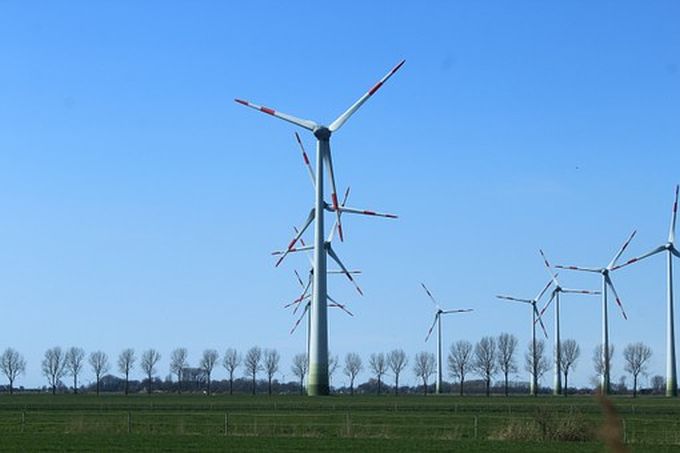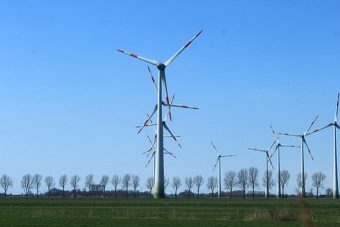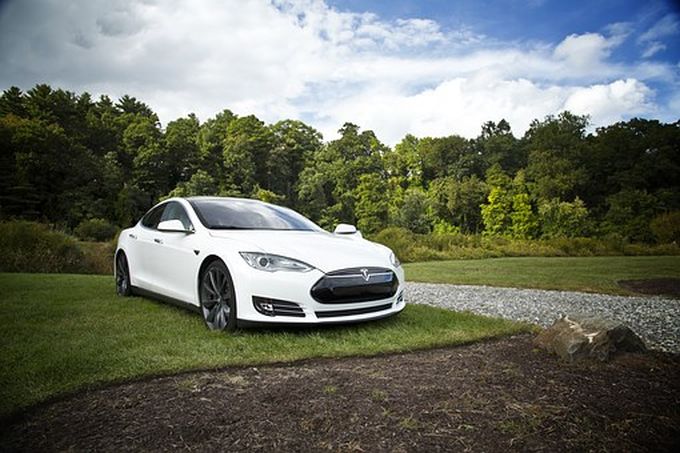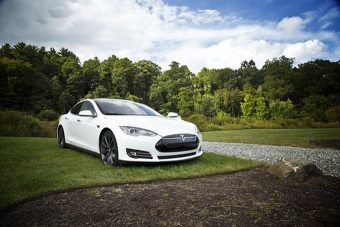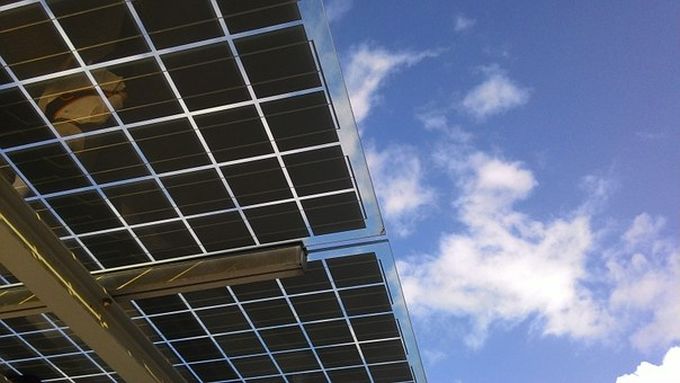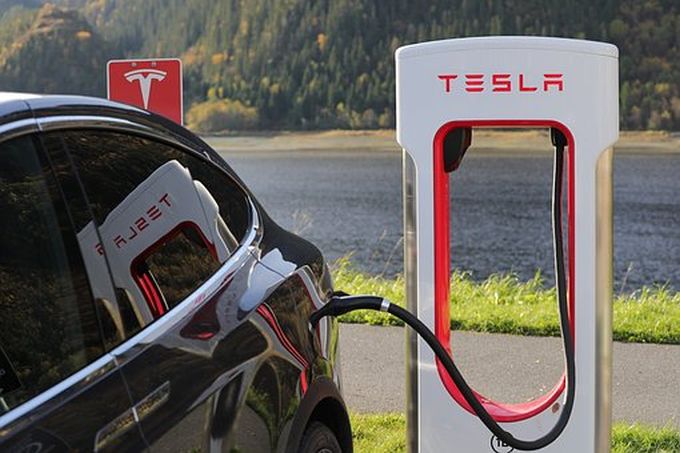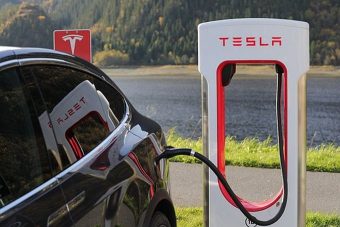
Cities from Oslo to Sydney are setting goals to curb climate change that exceed national targets, causing tensions with central governments about who controls policy over green energy and transport and construction.
More than 2,500 cities have issued plans to cut carbon emissions to the United Nations since late 2014, setting an example to almost 200 nations that reached a Paris Agreement in December 2015 to fight global warming.
Although there are no officially collated statistics available, many city targets are more ambitious than those set by governments under the Paris accord, which imposes no obligations on cities, regions or companies to define goals.
Just over half the world’s population lives in urban areas, meaning municipalities will help to determine whether the historic shift from fossil fuels to cleaner energy agreed in Paris succeeds or fails.
But as many cities become more assertive, governments are reluctant to cede control.
“Cities are starting to encroach past their boundaries on policies at a national level,” said Seth Schultz, director of research at the New York-based C40 climate group that includes most of the world’s megacities, from Tokyo to Los Angeles.
“There will be more and more conflicts,” he said, over defining policies to curb local air pollution and help wider aims to limit droughts, mudslides, heat waves and rising seas.
The trend is clearest in rich cities, which are more able to cut emissions to meet the demands of affluent, environmentally-conscious voters than fast-expanding cities such as Bangkok, Nairobi or Buenos Aires.
One example of the growing friction: Oslo, where left-wing authorities are at odds with Norway’s right-wing government over their push to more than halve the capital’s greenhouse gas emissions within four years to about 600,000 tonnes, one of the most radical carbon reduction intentions in the world.
The plan for the city of 640,000 people includes car-free zones, “fossil-fuel-free building sites”, high road tolls and capturing greenhouse gases from the city’s waste incinerator.
In a sign of city power, a 2016 study projected that climate plans by cities and regions could cut an extra 500 million tonnes of annual greenhouse gas emissions by 2030 – equivalent to the emissions of France – beyond cuts pledged by governments.
“The benefits are very local in cities – less air pollution, better public transport,” said Niklas Hoehne, one of the authors at the NewClimate Institute think-tank in Germany.
But that doesn’t always sit well with central governments. Many of Oslo’s green ideas are anathema to voters of the populist right-wing Progress Party, which together with the Conservatives forms the coalition government.
Deputy Mayor Lan Marie Nguyen Berg said the government was delaying Oslo’s plan for new road tolls which reach 58 crowns ($7) for diesel cars in rush hour.
“The Transport Ministry is dragging its feet”, by demanding large, new road signs to explain the varying costs and to modify computer systems to register passing vehicles, she said.
Norway’s Transport Minister Ketil Solvik-Olsen, of the Progress Party, said the ministry was cooperating. Berg “is making an invalid argument,” he said.
Still, a Nov. 4 letter from the ministry obtained by Reuters told the Norwegian Public Roads Administration to design a national computer system for the environmental road tolls rather than one just for Oslo – the only city that wants the system.
The letter said the extra work would delay the project by three months, until October 2017.
“That’s convenient for the Progress Party,” one government official said, because national elections are due in September and the party will not be associated with unpopular tolls. The city has also been slow to submit detailed plans.
Cities in other parts of the world also face hurdles as they step up actions to press on with their own targets for carbon emissions that often exceed their governments’ goals under the Paris accord.
In Australia, Sydney is in a dispute with the national government in Canberra because the city wants to generate more electricity locally, without paying high charges for using the national grid, Lord Mayor Clover Moore said.
Sydney is now a local energy generator through its solar initiatives but has to pay “the same charges as a remote coal or gas station that exports its power hundreds of kilometres,” she said.
But the government’s Australian Energy Market Commission said in December that Sydney’s plan for “local generation network credits” would be too costly to implement. It cited an estimate of A$233 million ($176.12 million) in extra costs for consumers by 2050.
Moore dismissed the findings, saying credits would mean a fairer system overall.
And Copenhagen Lord Mayor Frank Jensen said colleagues “in cities around the globe are demanding more legislation … to transform our cities to be more green”.
He complained that fees paid to the government for electricity from the national grid used by green buses in Denmark – often under city control – were too high compared to those for trains that are controlled by the government on a countrywide network.
Perhaps nowhere in the world is the difference between government and city more stark than in America.
U.S. President Donald Trump rejects the scientific consensus that climate change is man-made and said during his election campaign that he would “cancel” the Paris Agreement and favour domestic fossil fuel production. But Trump’s plans are unclear – the president has since said he has an “open mind” about Paris.
On 9th March, Scott Pruitt, the new head of the U.S. Environmental Protection Agency, said he is unconvinced that man-made carbon dioxide is the main driver of climate change, a conclusion widely embraced by scientists.
If Trump relaxes standards for clean air, power plants or vehicles “there would be a greater burden on cities to implement programs to fill the gaps,” said Amy Petri of the office of sustainability in the Texas city of Austin.
That would make it hard for Austin to reach its goals to cut emissions by 2020, she said. Still, mayors in 12 big U.S. cities including Austin, Los Angeles, Chicago and Boston this week reaffirmed a commitment to the Paris deal.
Source: weforum.org






